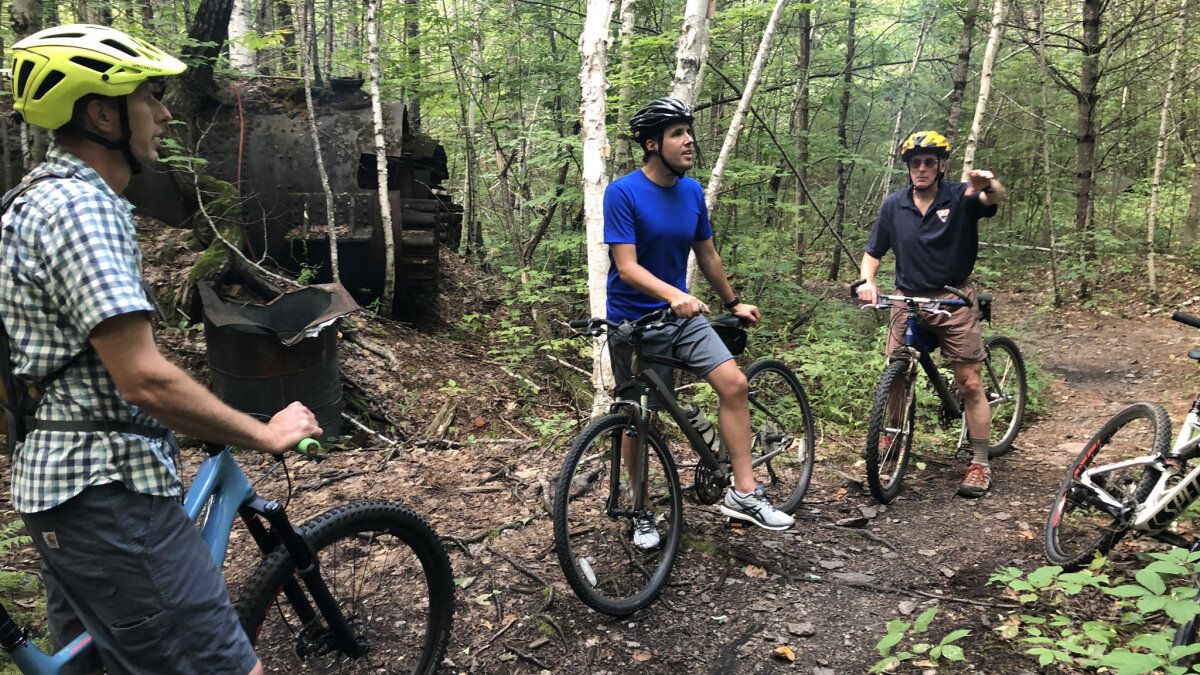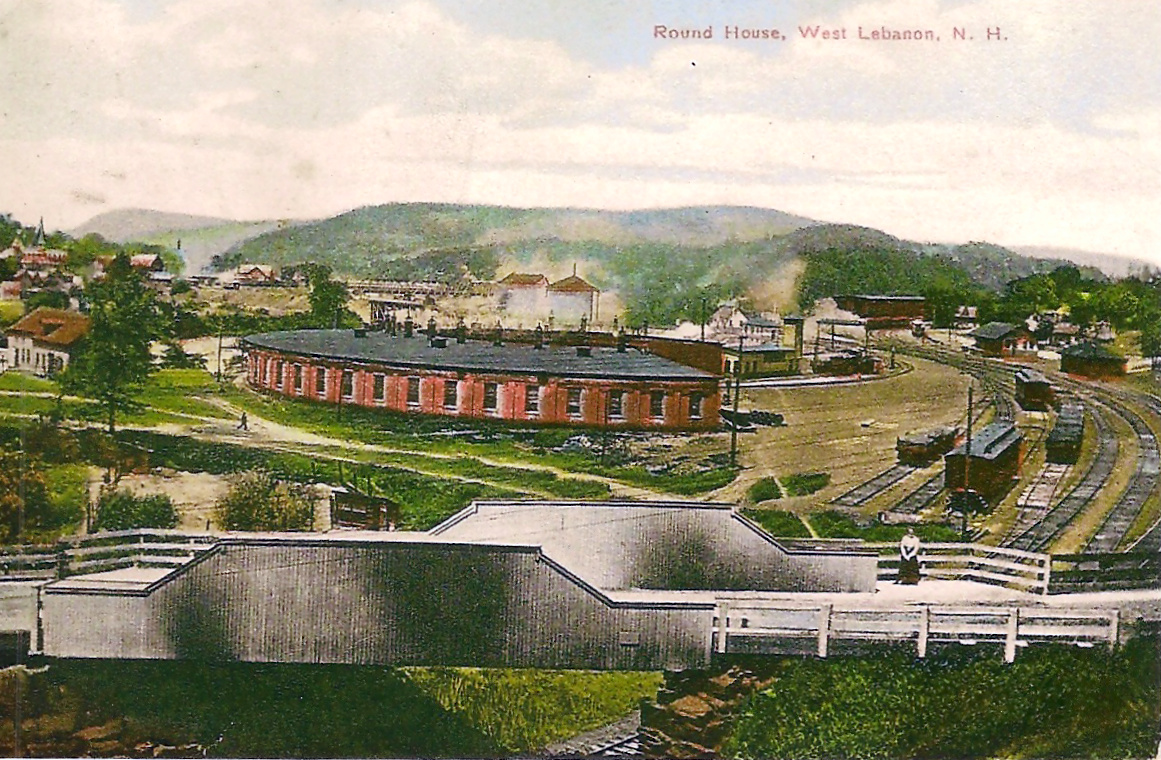
Westboro yard lease area
what is the lease?
The City is acting on negotiating a lease with the NHDoT to acquire sections of the Westboro Yard.
Sections 1,2,3, and 6 have already been negotiated.
Section 4 is modified under the lease agreement and would not be acquired in full.
Section 5 is a non-starter; the NHDoT wishes to hold this section for later use.
what this means for westboro park
This lease would finally give us the opportunity to transform the defunct railyard into a waterfront park. The demolition of the roundhouse has been permitted and the City is on the cusp of reaching an agreement on the lease.
why it’s time to demolish:
The dilapidated buildings at the Westboro Railyard are structurally unsafe, environmentally contaminated, and fenced off to protect the public until something can be done.
A postcard showing the West Lebanon (Westboro) train yard and roundhouse when it was a center of economic activity in downtown West Lebanon.
The Westboro Rail Yard was formative in the rich history of West Lebanon. As the terminus of the Northern Railroad, constructed in 1848, it was one of the longest tracks in existence at the time. The last passenger trains moved on the line in the 1970s. Since then it has been sporadically operated for freight and owned by the State of New Hampshire since 1998. Large segments of the rail line have been formally abandoned and much of it has become a part of the rail trail system. The Westboro property, though, has been neglected and, for the most part, abandoned since then. Its remaining buildings are in a state of collapse, pose a public health and safety risk, and stand in the way of realizing the economic potential of a revitalized downtown West Lebanon.
As we bid goodbye to these structures with thoughtful acknowledgement of their role in the Village’s proud past, we recognize that they are also key to West Lebanon’s future. Our history can no longer hinder future improvements. A City cut off from its river by its historic industry is a common story in New England, but we can point to an ever-growing list of examples where that story is being rewritten by proactive, intelligent, and inclusive planning efforts that seek to connect our downtowns to their natural surroundings. Our West Lebanon downtown yearns for connections to the River, and the Westboro property continues to impede it.
West Lebanon is one of many downtowns with their backs turned towards their rivers, bypassed by highways and abandoned for the suburbs, yet achieving revitalization through reenvisioning and reinvesting. The true success stories are these historic towns that are preparing for the future by focusing on environmental and economic sustainability as critically connected, not mutually exclusive.
It means taking back the waterfront and making it a part of the Village’s identity as we seek to revitalize the downtown for our current success stories, future business development, and citizens old and new. We do this through reinvestment by the public and private sectors, starting with the State investing in the removal of their unsafe eyesores.
We are too close to progress to let this slip away, and if the State isn’t willing to take this step then we’re willing to push. In the coming months the WLRAC will call upon the citizens of West Lebanon, the business community, and regional partners to provide further support at the state level by vocalizing their demand for the release of this appropriation or otherwise making the necessary investments in this property.
It’s hard to have a vision for West Lebanon when Westboro Yard is blocking our view.












